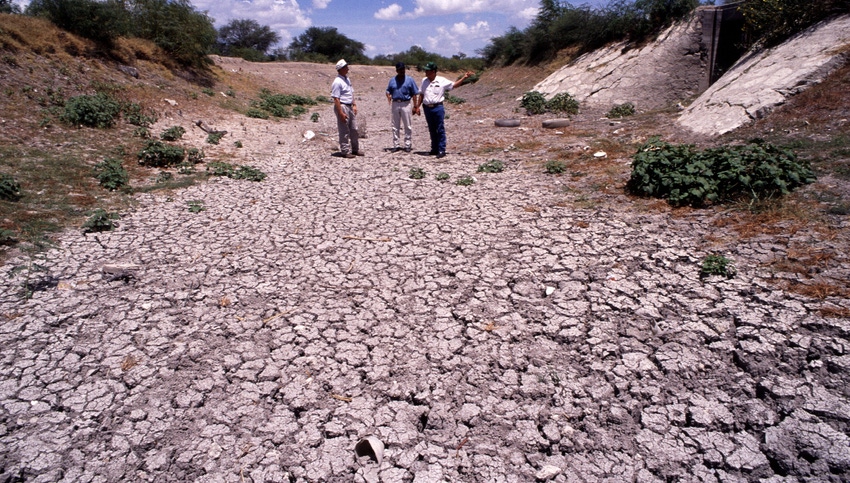September 13, 2022

President Joe Biden in August signed the $459 billion Inflation Reduction Act (IRA) – a massive health care, climate and tax bill - into law. House Democrats on Aug. 12 voted 220-207 to clear the bill, with no Republicans joining Democrats in supporting the act. Senate Democrats passed the bill five days earlier, by a 51-50 margin, with Vice President Kamala Harris breaking the tie.
Sen. Kyrsten Sinema, D-Ariz., was the key vote in the Senate, where she helped secure $4 billion of funding intended to address the Western drought crisis.
The IRA includes more than $20 billion would be made available to farmers and ranchers to give them the climate-smart agriculture tools they need to address the climate crisis. It also appropriates a total of $4.9 billion in spending on various forestry programs, which will remain available through Sept. 30, 2031.
Shortly after Sen. Joe Manchin, D-W.V., announced that he would support the bill in late July, a coalition of Western agriculture and water organizations – including the Family Farm Alliance -- sent a letter to Senate leaders, expressing “surprise and concern” about how legislation aimed at climate change fails to include meaningful provisions to address water security and emergency drought response.
Related: 'We're almost at the breaking point' on river
None of the nine organizations signing the letter have formally supported the IRA. Our letter urged that if a reconciliation package were to be considered, Congress should include provisions to provide immediate drought relief to the West. We felt this could be a vehicle to get some big-time dollars to help address the drought throughout the West, including short-term funding that is critical to generate water savings in the next few years on the Colorado River.
Senator Sinema was the last Senate Democrat to publicly support the bill. Ultimately, she announced that she had signed off on the legislation after securing a handful of changes, including $4 billion for drought resilience, which will be directed to the Bureau of Reclamation. However, three other Colorado River Basin Senators up for re-election this November accepted the credit for securing the provisions.
The Western drought provisions will help fund conservation projects to increase water levels in Colorado River system reservoirs, and compensate water users for reducing water use, through temporary or multi-year agreements. The drought provisions will also help mitigate effects of drought by funding environmental restoration projects, including inland waterways like the Salton Sea.
Related: States shirked 'meaningful' action on Colo. River
The language in the bill calls out the Colorado River Basin as a priority for this funding and, based on their existing authorities, Reclamation will probably look at both short- and long-term strategies to put the funding to good use.
There are other basins in the West that are in serious multi-year drought and could also benefit from some of the funding, but the Colorado River will remain the priority. From a West-wide perspective, however, this funding could set the stage for the rest of the year by drawing attention to the reality that there are many other areas that are hurting from the drought, not just Colorado River water users.
[Dan Keppen is executive director of the Family Farm Alliance.]
About the Author(s)
You May Also Like




